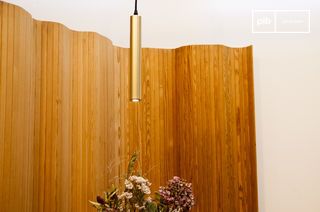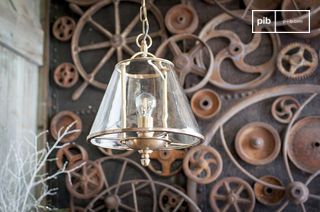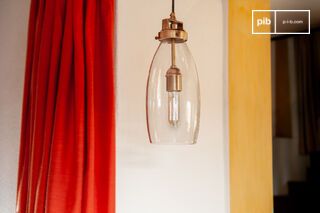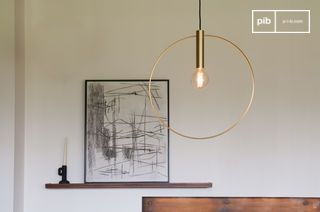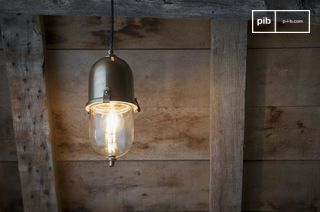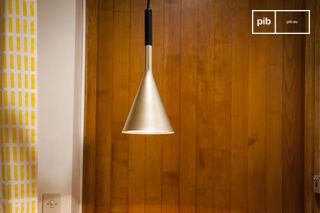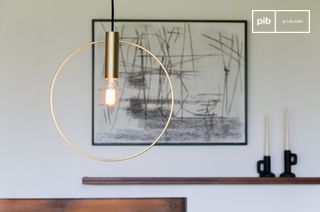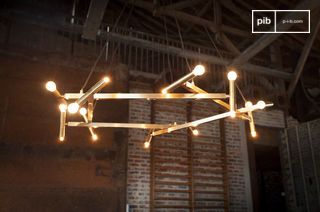Gold pendant lights
The golden suspensions introduce a visible metallic accent, without dominating the space. Their surface captures ambient light and creates punctual reflections that reinforce volumes. Each golden pendant acts as a luminous and decorative landmark, provided it is well positioned and proportioned. Placed above a central piece of furniture or in the middle of the room, it visually articulates the layout and complements the surrounding materials without competing with them. The choice of gold should match the texture of the metal and the type of light diffusion.
read more >Filters
10 festive days
10% off our tables and consoles
Welcome your guests in style · Limited stock

Visual balance and the use of gold suspension
Gold suspension functions as a visual focal point in an interior composition. It's not limited to its functional role as a downlight: it introduces a variation of material and tone into an environment often dominated by matte or textured surfaces. However, the use of gold must be kept in check. Too much, and it upsets the balance; too little, and it loses its function. A suspension fixture of this type is naturally at home above a table, in the center of a reception area or in a wide hallway. The hanging height must be precisely adjusted to avoid glare, while leaving the luminaire visible as a whole.
Gold finishes: lighting effects and material compatibility
Gold finishes can be gloss, satin or patina. Each variant influences the way light is reflected and perceived. Polished metal produces sharp, localized reflections, while brushed or aged gold absorbs some of the light, creating a more diffuse effect. The choice of material - solid brass, treated steel or tinted aluminum - also modifies the visual density of the room. A golden suspension works well with mineral materials (concrete, marble), dark woods or matte textiles, as long as chromatic duplication is avoided. In an interior already structured by shiny or metallic elements, it's best to limit competing sources to maintain a clear hierarchy.
Contextual use and light temperature
A gold suspension requires an appropriate light temperature. Too cold and the light bulb tends to neutralize metal reflections; too warm and it accentuates yellow hues to the point of unbalancing the whole. A range of 2700 to 3000 K is appropriate in most cases. Furthermore, gilding must not obscure the luminaire's main function. If the purpose is purely decorative, indirect or subdued light may suffice. But in functional areas (tables, entrances, passageways), the intensity must remain sufficient. The proper use of a gold suspension therefore relies on a clear articulation between aesthetics and use.
A well-chosen gold suspension allows you to emphasize the structure of a space, add controlled visual punctuation, and echo other elements without decorative overload.
